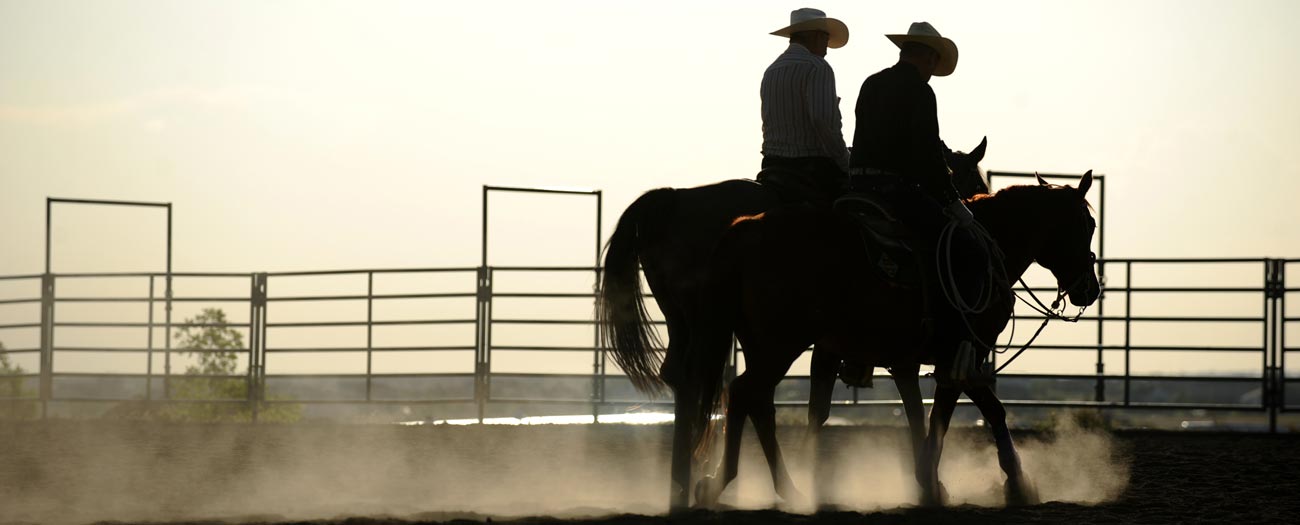"By the 1980's it was understood that if there were ever going to be a team roping industry, where ropers could move freely state to state and
internationally, where ropers of all handicaps could compete fairly against ropers of the same ability, something needed to happen, and someone
would need to step up. Someone or some entity would need to pay the price figuratively and literally. It could not be a one-time thing, they would
need to do it forever, and maintain it if there were ever to be hope of bringing large groups of people together from long distances for major
competitions. It was a job that would never end."
--The Team Roping Journal

It was also universally agreed that "handicapping" was necessary if local and backyard team ropings were to grow into a full-fledged hobby or sport.
A sport that ropers of all ages and abilities could enjoy from cradle to the grave. This idea was strongly opposed by the 5% of ropers that already "HAD"
serious skills. It was clear to them that the advent of handicaps would cut into their ability to control the entry fees of the other 95%.
So, the journey began... mixed ropings > century ropings > non-RCA ropings > no out of state ropers > invitationals > amateur ropings > and finally, novice
ropings. The Novice, Amateur, and Open divisions gave way to the terms A, B, and C.
Beginning in 1990, USTRC took it to the next level with a national handicap system and by 1998 had over 100,000 ropers classified. For over 30 years, this handicap
database has been the mainstay of the industry. Continuing to move forward, Global Handicaps will take the lead with a new and advanced integration of
information to continue to allow ropers of varying skill levels to compete on a fair and level playing field. Global Handicaps will continue to be the
trusted measure of a roper's ability.
The number system was the answer that had eluded all the other solutions. Prior to the number concept, "handicapping" was based on the idea of cutting
large groups of ropers into smaller segments. More importantly, it still never prevented "the best from roping with the best" in each group, thus
making a large portion of each group uncompetitive.
The number system was here to stay. This caused an explosion of team roping and ultimately resulted in the creation of a "Team Roping Industry"
within the cowboy world. That industry is now by far the largest component of the recreational horse industry and speculation has it, larger than
all the other disciplines combined, including rodeo. Each year conservatively over $70,000,000 in cash purses are paid to ropers throughout the United
States and the world.
During the last thirty years, millions of dollars have been spent in an effort to make classifications as accurate as possible. The Evolution of the
handicap system has been a steady progression starting with huge committees that determined handicaps by votes.
By 2004, USTRC and Rodeo Computer Services joined forces to create the first data driven team roping analysis. That new system would be called TRIAD. The
computer analysis created an immediate improvement in the basis for accuracy of the handicap system.
In 2017, Active Interest Media (AIM) purchased USTRC and SuperLooper Magazine. Realizing that next generation team ropers will demand next
generation connectivity, AIM immediately sanctioned the building of an entirely new roping operations software system. For almost a year,
several major associations have utilized the new "Global Event Management Software" (GEMS). In that time span, the GEMS software has processed 448 events nationwide
with a combined total of over 265,000 teams and over 513,000 live runs.
In addition to providing new event tools, GEMS was also designed to be the cornerstone of a new, more "user friendly" classification experience. Ropers
will have access to the most complete event calendar and results. There is also an interactive mobile application that will allow ropers to resolve
number problems they may have.